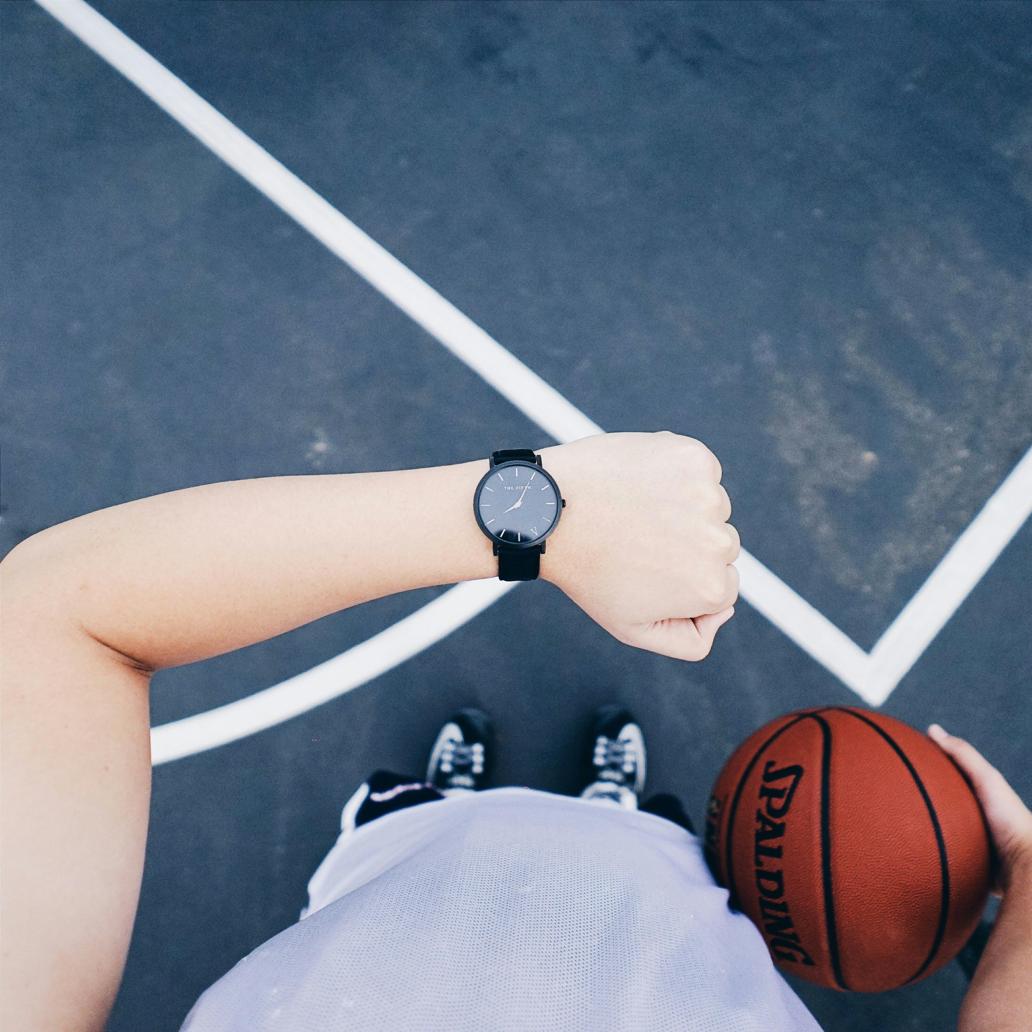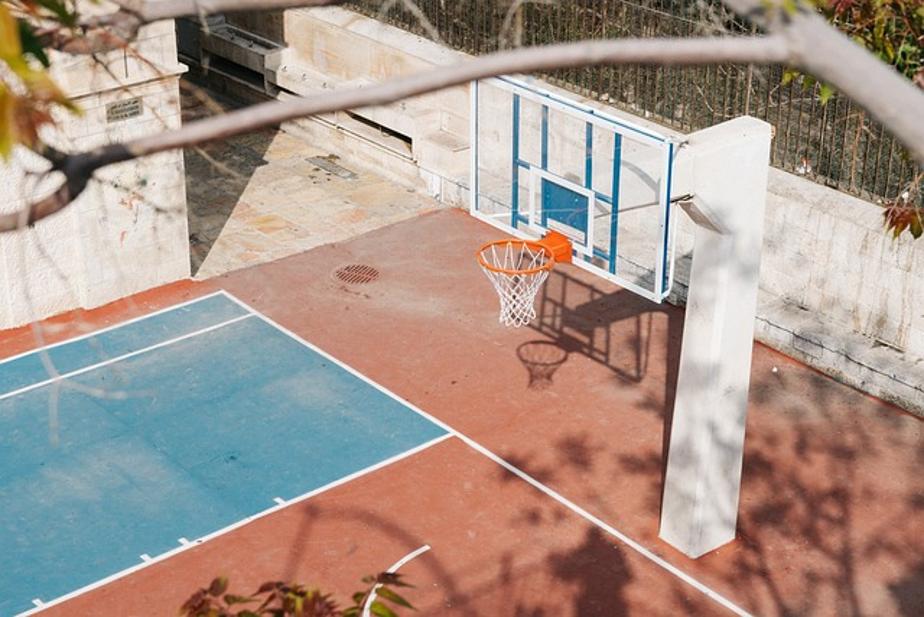Introduction
Basketball shoes are essential for any athlete aiming to maximize performance on the court. Whether you’re a beginner or a pro, the fit of your basketball shoes can significantly impact your game. This guide will walk you through everything you need to know to ensure your basketball shoes fit perfectly for optimal comfort and performance.

Importance of Proper Fit in Basketball Shoes
Wearing properly fitting basketball shoes is crucial for several reasons. First and foremost, it prevents injuries. A snug fit ensures you have adequate support, lowering the risk of ankle sprains and other common basketball injuries. Furthermore, shoes that fit well can also improve your gameplay. A good fit enhances your agility, allowing you to make quick cuts and jumps without hesitation.
Ill-fitting shoes can lead to discomfort, which can be distracting and ruin your focus. Whether it is blisters, sore feet, or long-term issues like plantar fasciitis, the repercussions of badly fitting shoes can affect your season. Thus, ensuring your shoes fit correctly from the outset can save you from a world of pain and poor performance.
Measuring Your Feet for Basketball Shoes
Accurate foot measurement is the first step in ensuring your basketball shoes fit perfectly. This involves a few essential techniques and awareness of common pitfalls when measuring.
Accurate Foot Measurement Techniques
- Stand Up: Always measure your feet while standing, as your full weight will spread them out to their actual size.
- Use a Ruler or Brannock Device: A Brannock device, often found in shoe stores, provides the most accurate measurements. Alternatively, a ruler can suffice.
- Measure Both Feet: It’s not uncommon for one foot to be slightly larger than the other. Always buy shoes based on the size of your largest foot.
- Width Measurement: Wrap a sewing tape measure around the widest part of your foot to get the width measurement.
Common Mistakes in Measuring Feet
- Measuring in the Morning: Feet tend to swell throughout the day. Measure them later in the day for a more accurate size.
- Ignoring Width: Don’t just measure the length. Width is equally important for a comfortable fit.
- Assuming Size Consistency: Different brands may have slight variations in sizes. Double-check each time you switch brands.
Accurate measurement can prevent a lot of hassles later, ensuring you start the process on the right foot—literally!
Fit According to Playing Style and Position
Your playing style and position also play a role in determining the best fit for your basketball shoes. Specific features cater to the needs of guards, forwards, and centers differently.
Guards
For guards, agility is paramount, requiring shoes that offer excellent support and flexibility. Shoes should fit snugly but not too tightly, providing enough cushion for quick lateral movements.
Forwards
Forwards need a blend of agility and power, so a shoe with substantial ankle support and cushioning is ideal. The fit should be snug in the heel and midfoot to prevent slipping but roomy enough in the toe box for comfort.
Centers
Centers require shoes that offer maximum stability and support due to their frequent jumps and landings. Opt for shoes with a high-top design and robust cushioning. The fit should be snug around the heel and midfoot to ensure stability during play.
Understanding your playing style can guide you toward the right features in a shoe, making sure your footwear complements your game.
Key Fit Features to Consider
When selecting basketball shoes, several key features ensure a perfect fit. These aspects are vital for both comfort and performance.
Toe Room
The toe box should provide ample room for wiggling your toes. This roominess helps prevent blisters and allows better balance and control.
Heel Security
A secure heel counter is essential to prevent your foot from slipping out of the shoe. It should hold your heel firmly but comfortably.
Arch Support
Proper arch support helps distribute your weight evenly across your feet, reducing fatigue and lowering the risk of injury.
Width and Overall Comfort
Ensure the shoe’s width matches your foot’s width for maximum comfort. Overall, the shoe should feel snug but not restrictive, providing a secure grip without causing pain or pressure points.
Considering these features lets you choose a shoe that won’t just fit well but also enhance your performance on the court.

Trying On Basketball Shoes
Trying on basketball shoes involves more than just slipping them on and walking around. Whether you’re shopping in-store or online, certain practices can help you find the perfect fit.
Best Practices in Stores
- Wear Basketball Socks: Bring along the socks you typically wear during games.
- Walk and Jump: Mimic the movements you make on the court to test the shoe’s comfort and performance.
- Check All Areas: Ensure there is ample room in the toe box, a snug fit around the heel, and adequate arch support.
Online Shopping Tips
- Read Reviews: Reviews often provide insights into the shoe’s fit and comfort.
- Check Return Policies: Ensure the retailer has a good return policy in case the shoes don’t fit as expected.
- Compare Sizes: Use size charts and brand-specific guidelines to make a more accurate online purchase.
Whether in-store or online, taking your time to try on basketball shoes can save you from annoying return processes and ensure you get a fit you are happy with.
Customization and Adjustments for Perfect Fit
Even after buying the best-fitting shoes, you might need to make some adjustments to ensure a perfect fit over time.
Break-in Period
Always allow a break-in period for your new basketball shoes. Wear them around the house or during low-intensity practice sessions to allow the materials to mold to your feet.
Using Insoles and Orthotics
Custom insoles or orthotics can provide added arch support and enhance overall comfort. They’re particularly useful for people with specific foot concerns or injuries.
Common Fit Issues and Solutions
Despite your best efforts, you might still encounter fit issues with your basketball shoes. Here are some common problems and their solutions.
Tight Fit
If your shoes are too tight:
– Loosen the laces, especially around the toe box.
– Use a shoe stretcher to expand the shoes.
– Wear thinner socks.
Loose Fit
If your shoes are too loose:
– Tighten the laces for a snugger fit.
– Add insoles for better foot coverage.
– Wear thicker socks or two pairs of socks.
Understanding these common fit issues and how to solve them ensures that you won’t be left with uncomfortable shoes that could hinder your performance.

Conclusion
Getting the perfect fit for your basketball shoes is crucial for both your comfort and performance on the court. Properly measured feet, understanding your playing style, and knowing what key fit features to look for can make all the difference. With the right fit, you can focus on your game without worrying about discomfort or injuries. Ensure you follow these guidelines to secure the best fit for your basketball shoes.
Frequently Asked Questions
How much toe room should basketball shoes have?
Aim for about a thumb’s width of space between your longest toe and the end of the shoe. This provides room for your toes to move and prevents blisters.
Can basketball shoes be too tight?
Yes, shoes that are too tight can cause discomfort, blisters, and long-term foot problems like bunions. Ensure your shoes fit snugly but comfortably.
How do I know if my basketball shoes fit properly?
Your basketball shoes should feel snug around the heel and midfoot with enough room in the toe box to wiggle your toes. Try them on with your basketball socks and mimic game movements to ensure a good fit.
